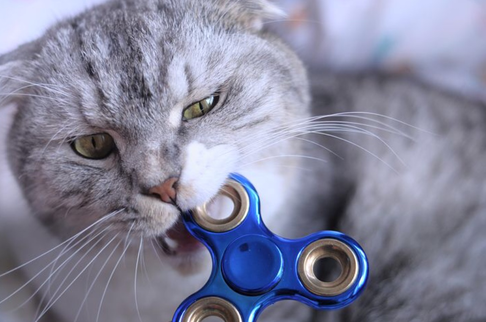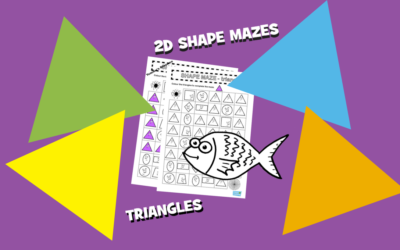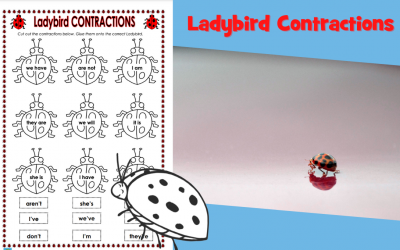Different people need different levels and kinds of sensory input to focus their best. Some people focus best with as little input as possible, and others need multiple sources of input to help them focus on the ones that are important, like a teacher’s voice.
Whether it’s clicking a pen or fiddling with paperclips, we’ve all fidgeted with something on our desk at some point. For a lot of people, this fidgeting helps them concentrate better on what they are doing. The small sensory distraction helps them to filter out other distractions. Different people have different sensory requirements to achieve optimum levels of concentration. As an adult you can often adjust your working environment to suit your preferred sensory stimulation levels; you can customise your noise level with headphones, you can chew gum, play with stress balls, or rock in your chair if that’s what you need to concentrate. For children learning in a classroom environment, there are more rules about what they can and can’t do to help their concentration. The ideal level of input is different from child to child and can change throughout the day depending on the task and the energy level of the student.
When appropriately used, fidget toys can be a way for children to boost their concentration by controlling their sensory input. This means that getting students involved in evaluating the use of fidgets is vital. Shifting the mindset in the classroom from thinking of ‘toys’ to thinking of them as ‘tools’ can be a helpful first step. If you talk to your students about how fidget tools can help fulfil their sensory needs, it becomes more about their learning experience than about playing. Discussing the use of fidgets in classrooms with your students, and establishing clear rules for their use helps mitigate most of the problems that might arise.
While fidget spinners have been popular, most people agree that they are the most disruptive fidget toy. They draw attention and often require the student to pay more attention to the fidget than the teacher which defeats the purpose. Fidget tools that can be played with quietly without looking at them and in a way that won’t distract other students are the best options. Objects like stress balls, putty and other small squishy things can be a great option. Chair leg resistance bands can also be a great option for students who feel the need to fidget with their whole body.
Chair leg resistance bands can actually provide overall benefits to a lot of students, especially younger ones. Young children find it hard to sit still for long periods of time. Introducing and normalising the use of fidget tools, especially ones like chair bands that allow them to move their whole body, can help channel their natural need to move. It also helps keep the blood flowing through their limbs and to their brains while contributing to the amount of movement their bodies need to be healthy.
As well as improving concentration, fidget tools can help students who are anxious or stressed to expend excess energy and calm their mind. The sensory input gives them something to focus on which helps to regulate and calm their nervous system. The ability to filter out distracting sensory information can also help students feel calmer.
Fidget tools can be a great addition to the classroom, but it is important that like all educational aids their use is monitored and tailored to individual students. If introduced intentionally and with strategies and rules for use, fidget tools can be a great way to improve student focus and manage existing and distracting fidgety behaviours. A great way to bring fidget tools into the classroom is to start with a lesson about the senses and sensory input so that kids can actually understand the purpose of fidgeting and customise the way the fidget to the way they learn.





0 Comments